The 1970s were a golden age for board games, and while classics like Monopoly, Clue, and Life still hold a place in our hearts, there were plenty of weird, wacky, and downright bizarre games that time seems to have forgotten. Some were ahead of their time, others were completely ridiculous, and a few were so strange that it’s a wonder they ever made it to store shelves. These games often came with wild themes, unusual mechanics, and sometimes even downright dangerous components. If you grew up in the ’70s, you might remember playing these oddball board games—but chances are, you haven’t thought about them in decades. Let’s take a trip down memory lane and revisit 12 of the strangest board games from the ’70s that no one seems to remember.
1. Kaboom!
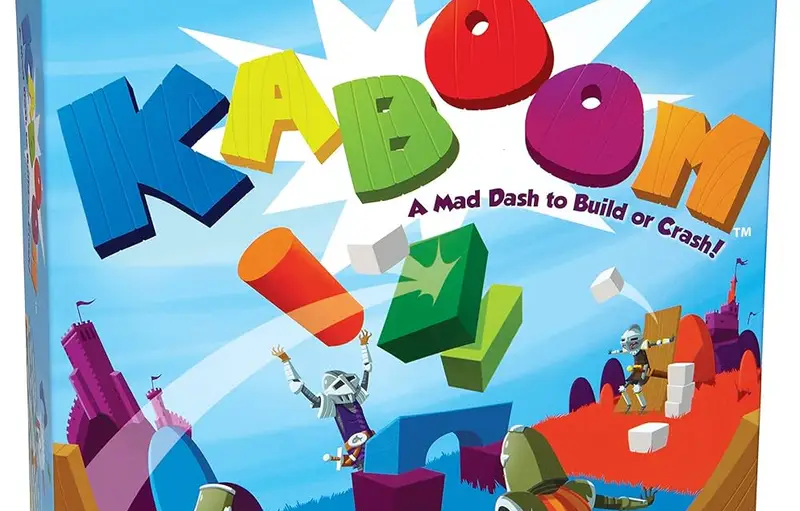
If you had a sibling who liked to destroy things, Kaboom! was the perfect game. This fast-paced, chaotic game had players trying to stack wooden blocks as quickly as possible while one unlucky player controlled a spring-loaded “mad bomber” catapult. The goal was to build your tower before the opposing player launched a tiny bomb and sent your hard work flying. It was a game of skill, speed, and frustration, especially if you were playing with someone who took a little too much joy in blowing up your tower.
The game came with a timer, so the tension was always high, and it took real dexterity to keep your tower from toppling. The little bomb pieces weren’t particularly dangerous, but they had a way of disappearing under the couch, never to be seen again. Even though it wasn’t as well-known as games like Mouse Trap, Kaboom! had its own unique appeal. It was the kind of game that led to screaming matches, accusations of cheating, and lots of do-overs—exactly what made board games in the ’70s so much fun.
2. The Sinking of the Titanic
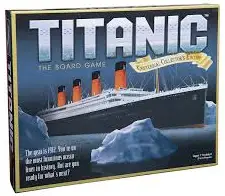
Only the 1970s could take one of history’s greatest tragedies and turn it into a board game. The Sinking of the Titanic was as grim as it sounds: players had to collect supplies, find lifeboats, and escape the doomed ship before it sank. The game board actually started intact, but as the game progressed, the ship slowly “broke apart,” making it harder to survive. If you weren’t lucky, you could end up stranded in the freezing water while other players rowed away to safety.
It was a weird mix of strategy and dark humor, and in retrospect, it’s kind of shocking that it was sold as family entertainment. There was something unsettling about watching the ship split in two while scrambling for resources. The game was eventually rebranded as Abandon Ship to distance itself from the historical disaster, but even then, the idea of turning a tragedy into a fun night with friends still felt odd. It’s no surprise that this one faded into obscurity.
3. Stay Alive
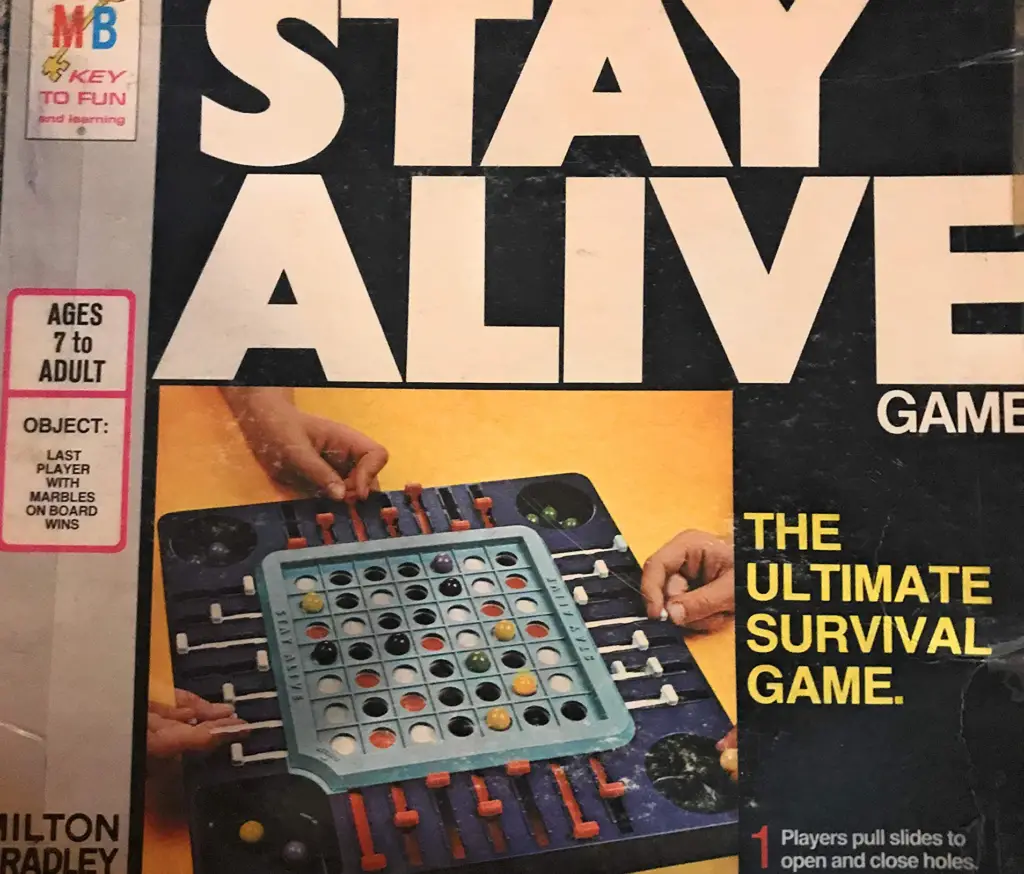
This game was basically Connect Four meets The Hunger Games. The goal was to keep your marbles from falling through a shifting maze of holes while your opponents did everything they could to send yours plummeting to the bottom. Players took turns sliding levers back and forth, opening and closing gaps in the board in an effort to trap each other’s marbles while saving their own. It was simple in concept but surprisingly brutal in execution.
You had to plan ahead, think strategically, and sometimes just get lucky. If you weren’t paying attention, you could accidentally send your own marbles tumbling out of play. It was frustrating in the best way possible and led to plenty of sibling rivalries. While Stay Alive was fun, it never reached the same level of fame as other marble-based games like KerPlunk, and by the end of the decade, it had all but disappeared from store shelves.
4. Operation
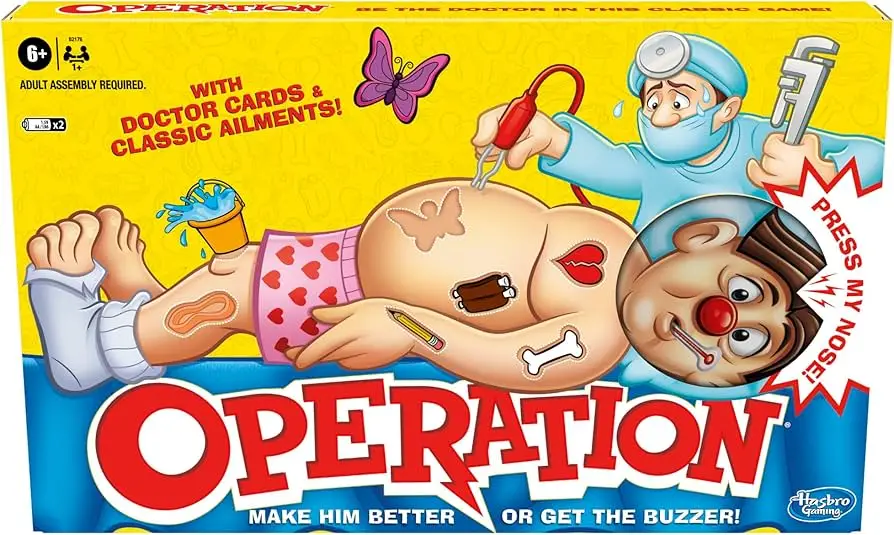
Few things made your hands shake more as a kid than trying to remove the funny bone from Operation without setting off that dreaded buzzer. This classic dexterity game had players take on the role of an amateur surgeon, carefully extracting tiny plastic ailments like the wishbone, the charley horse, or the infamous writer’s cramp. Using tweezers, you had to pull out each piece without touching the metal edges of the “patient” cavity—otherwise, the game would let out a loud, startling buzz, and the poor patient’s nose would light up red.
The game required precision, steady hands, and nerves of steel—especially when your siblings were watching, ready to mock you for flinching. Some of the pieces were particularly tricky, like the tiny wrench or the water bucket, making each move a tense operation in itself. And let’s not forget that the buzzer was ridiculously loud, often causing you to jump and fumble the tweezers. While Operation is still around today, the ’70s version felt more intense, maybe because it was played in a world without distractions from phones or video games. It was just you, the patient, and your ability to keep calm under pressure.
5. Battleship
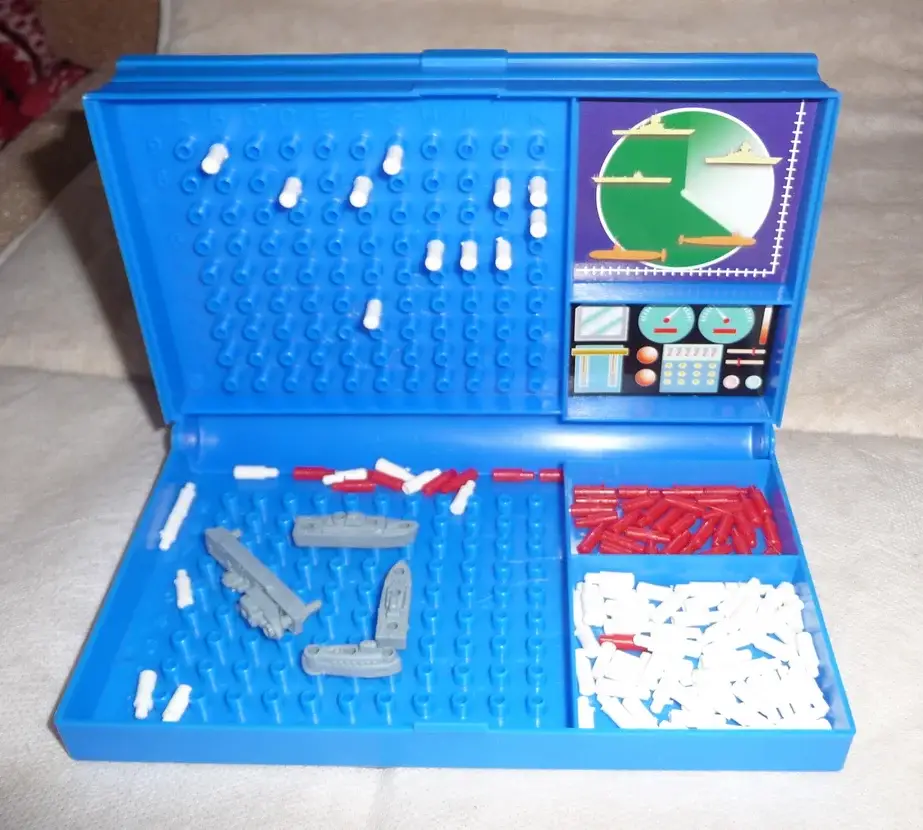
“You sunk my battleship!” If you grew up in the 1970s, you definitely heard (or yelled) this phrase at least a few dozen times. Battleship wasn’t flashy, but it was one of the most intense two-player strategy games of the decade. Players would arrange their fleet—destroyers, submarines, and of course, their battleship—on a secret grid, then take turns calling out coordinates in an attempt to find and sink their opponent’s ships. It was a game of pure strategy and just a little bit of luck, where a well-placed hit could turn the tide of battle.
The best part was the tension—after placing your ships, you had no idea when your opponent would stumble upon them. Every “miss” was a relief, and every “hit” made you sweat as you desperately tried to reposition your remaining fleet in your mind. And, of course, there was always the temptation to cheat by subtly moving your ships when your opponent wasn’t looking (though that usually ended in an argument). While Battleship has since been adapted into an electronic version, nothing beats the tactile experience of clicking those red and white pegs into place and delivering that final, victorious blow.
6. Sorry!
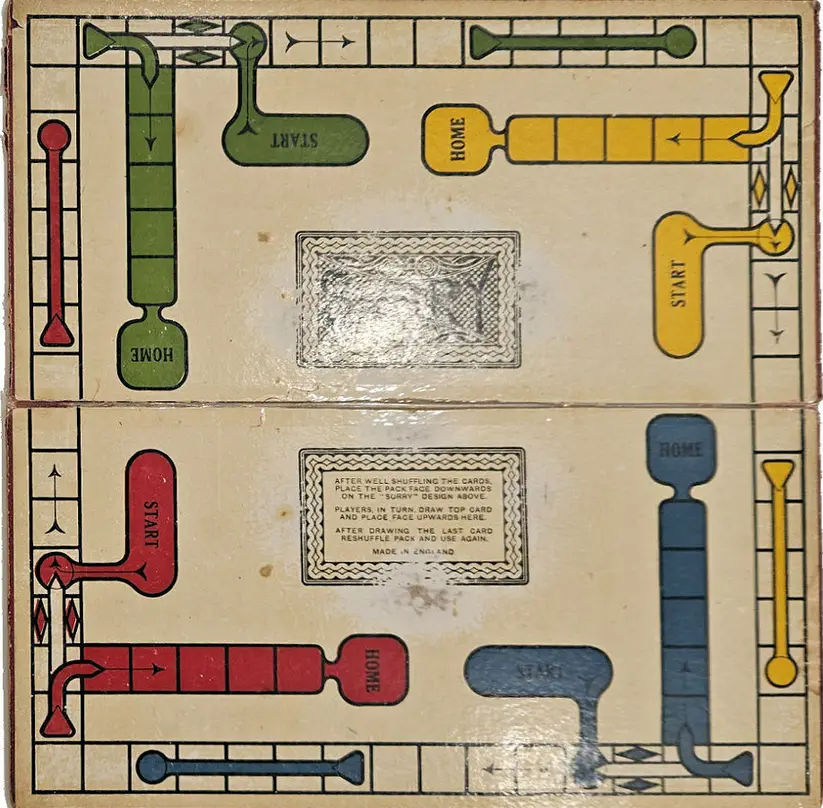
Sorry! was one of those games that could turn even the best of friends into bitter rivals. The rules were simple—get all your pawns to the finish line before your opponents. But the game was filled with opportunities to sabotage your friends, sending their pieces back to the start with a gleeful “Sorry!” that was anything but sincere. There was no greater feeling than drawing a “Sorry!” card just when your sibling was about to win, watching their piece slide back to the starting space while you cackled in victory.
The game was frustrating, unpredictable, and completely addicting. No lead was ever safe—one bad draw could send you back to square one, forcing you to claw your way to victory all over again. And let’s not forget the moments when someone would draw a 4, moving backward when they least expected it. Kids today have video games with elaborate revenge mechanics, but in the ’70s, nothing made a person more vengeful than being sent back to the start in Sorry!.
7. Trouble
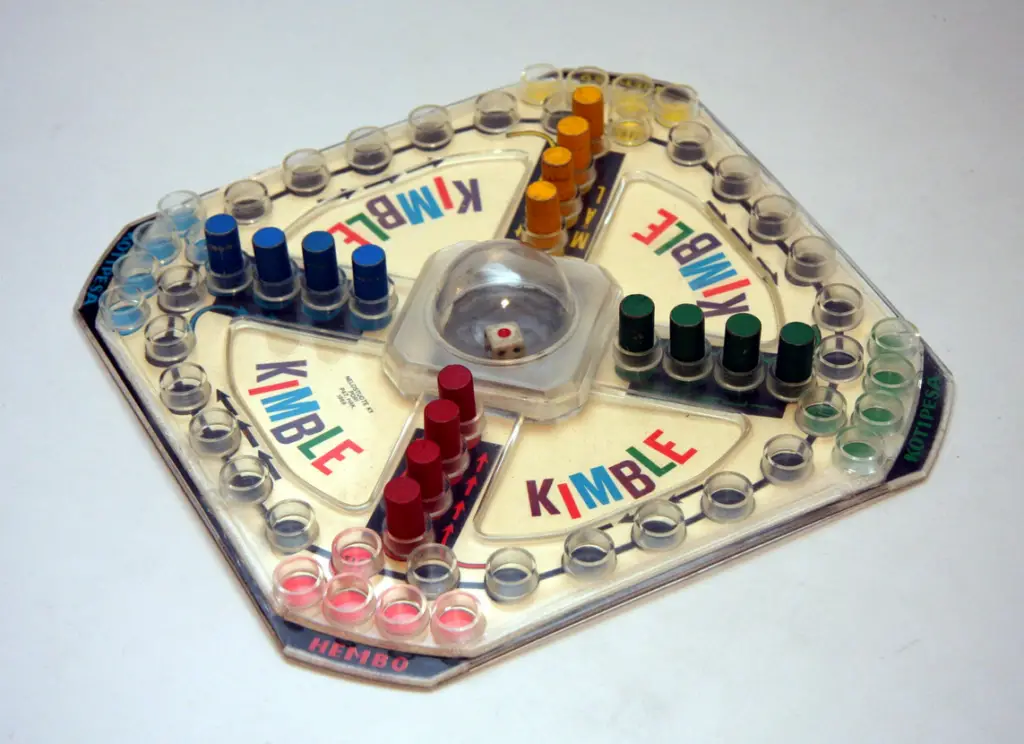
That unmistakable pop of the Pop-O-Matic dice roller made Trouble one of the most satisfying games of the ’70s. The game was simple—move your pieces around the board, trying to reach home before anyone else. But the real fun was pressing down on the clear plastic dome and hearing the dice snap into the air. The Pop-O-Matic made rolling the dice feel exciting, and since it was built into the board, you never had to worry about losing it under the couch.
Like Sorry!, Trouble had its fair share of frustration—getting sent back to the start by another player was a common occurrence, and landing on the exact number you needed to win could take forever. The suspense of watching your opponent hit the Pop-O-Matic, hoping they wouldn’t roll the number they needed, was a childhood thrill unlike any other. The game still exists today, but for those who played it in the ’70s, that satisfying pop was one of the purest joys of board game night.
8. Yahtzee
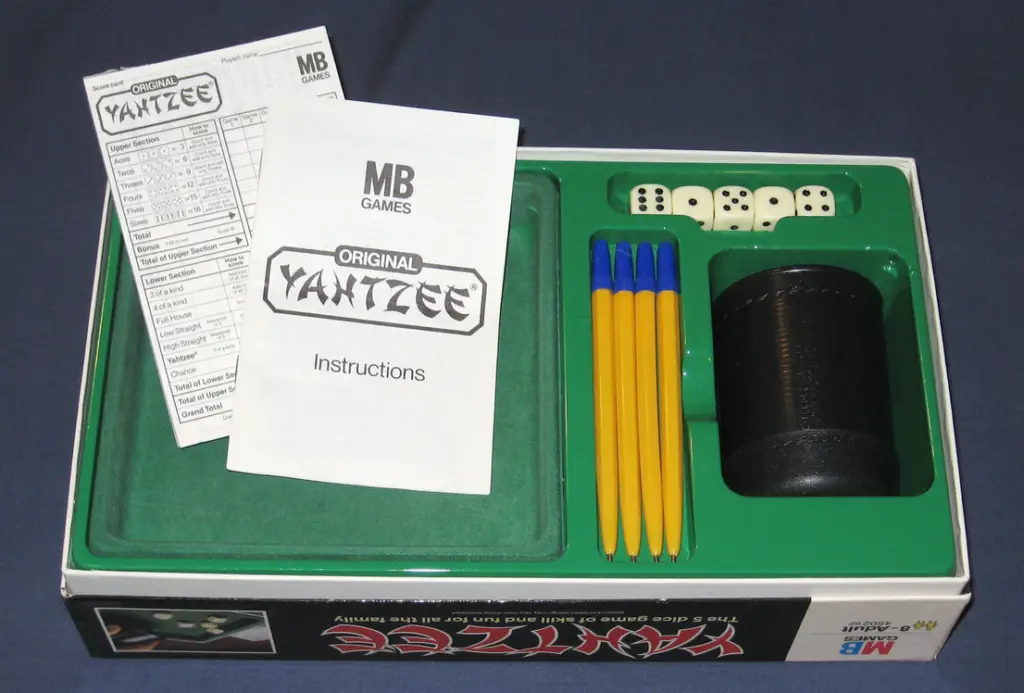
Yahtzee wasn’t a new game in the 1970s—it actually dates back to the 1950s—but it became a staple in many households during this decade. Unlike flashy, gimmick-based games, Yahtzee was all about luck, strategy, and rolling those five little dice with just the right amount of force. It was one of those rare games that worked just as well for a quiet evening at home as it did for a rowdy game night with friends. The goal was to score the highest possible points by rolling combinations like three-of-a-kind, a full house, or the elusive Yahtzee—five of the same number in one roll.
The most nerve-wracking part was deciding whether to take a risk or play it safe. Should you reroll those three sixes and go for four-of-a-kind, or settle for the guaranteed full house? The excitement of shouting “Yahtzee!” when you hit the jackpot was unmatched—except for the crushing defeat when you rolled three ones instead of the five-of-a-kind you needed. The game’s simplicity made it timeless, and it remains popular today. But there was something special about playing it in the ’70s, sitting around a table covered in shag carpet, sipping a glass of Tang while rolling the dice, and hoping for the best.
9. Mouse Trap
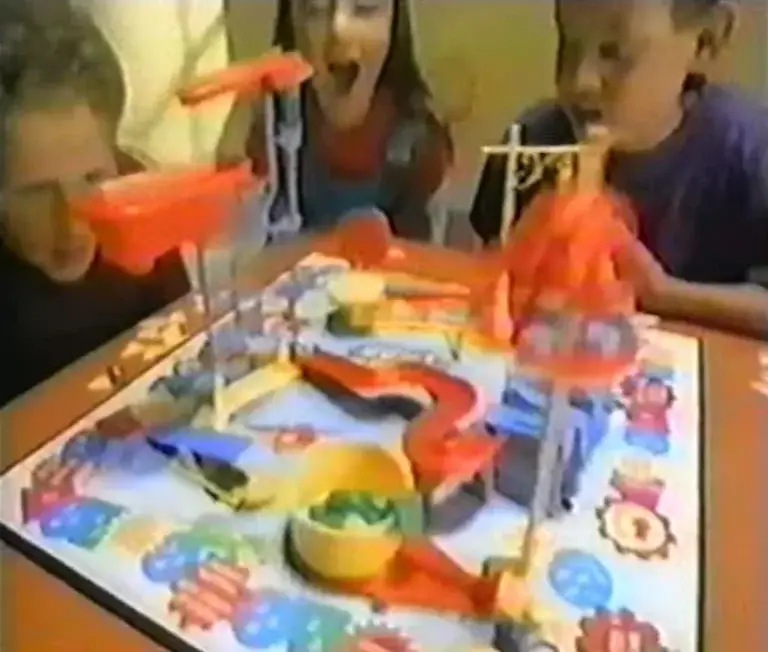
Few board games from the ’70s had the same universal appeal as Mouse Trap. Though originally released in the ’60s, it gained massive popularity in the following decade, thanks to its mix of strategy, unpredictability, and the sheer joy of setting off a Rube Goldberg-style contraption. The game itself was fairly simple—players moved their pieces around the board, collecting cheese and trying to avoid getting trapped. But let’s be honest, the real fun was building the elaborate, colorful mousetrap and watching it (hopefully) work as intended.
The trap featured a series of interconnected pieces—a crank, a falling boot, a swinging bucket, and a diving man—that, when set off correctly, would eventually drop a cage over an unsuspecting mouse. The problem? The mechanism didn’t always function smoothly. Sometimes the marble would get stuck, the boot wouldn’t swing properly, or the entire thing would collapse before reaching the final step. But that was part of the fun! Even when it failed, we’d reset it and try again, laughing at the absurdity of it all. Kids today might see it as outdated, but for those of us who grew up with it, Mouse Trap was one of the most exciting games you could own.
10. Perfection

If you wanted a game that could turn a fun evening into a full-blown anxiety attack, Perfection was the one. The concept was deceptively simple: you had a plastic tray with 25 uniquely shaped pieces, and your goal was to fit them all into their correct slots before the timer ran out. But the real catch? If you didn’t finish in time, the entire board would suddenly pop up, launching all your carefully placed pieces into the air like an explosion of failure.
That ticking timer was pure psychological warfare, speeding up the closer it got to zero, making your hands shake as you fumbled with the last few pieces. The game rewarded quick thinking, spatial awareness, and a steady hand, but more often than not, it ended in absolute chaos. The sound of the board popping still haunts the memories of many kids who played it, and few things were more frustrating than being one piece away from victory when the timer ran out. Perfection still exists today, but modern kids don’t face the same raw terror of that impending explosion. For those of us who played in the ’70s, it wasn’t just a game—it was a battle against time itself.
11. Twister
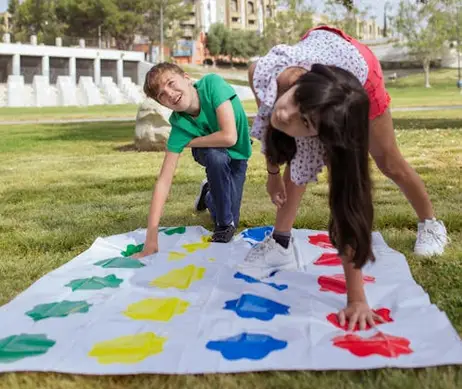
More of a physical challenge than a traditional board game, Twister was the ultimate party game that turned any gathering into a tangled mess of limbs and laughter. The premise was simple: spin the dial, and place your hands and feet on the corresponding colored circles on the giant plastic mat. The catch? As the game went on, players found themselves in increasingly ridiculous positions, balancing on one foot while stretching an arm across the mat, all while trying not to collapse in a heap.
It was a game of flexibility, balance, and sheer determination, but it also had a way of turning into complete chaos. One wrong move, and you’d send the whole group toppling over like dominoes, usually in a fit of giggles. Unlike most board games, Twister wasn’t about strategy or winning—it was about surviving as long as possible without face-planting. It became a massive hit in the ’70s, showing up at slumber parties, barbecues, and even family game nights. While Twister is still around today, there was something about playing it in the shag-carpeted living rooms of the 1970s that made it extra special.
Connect Four
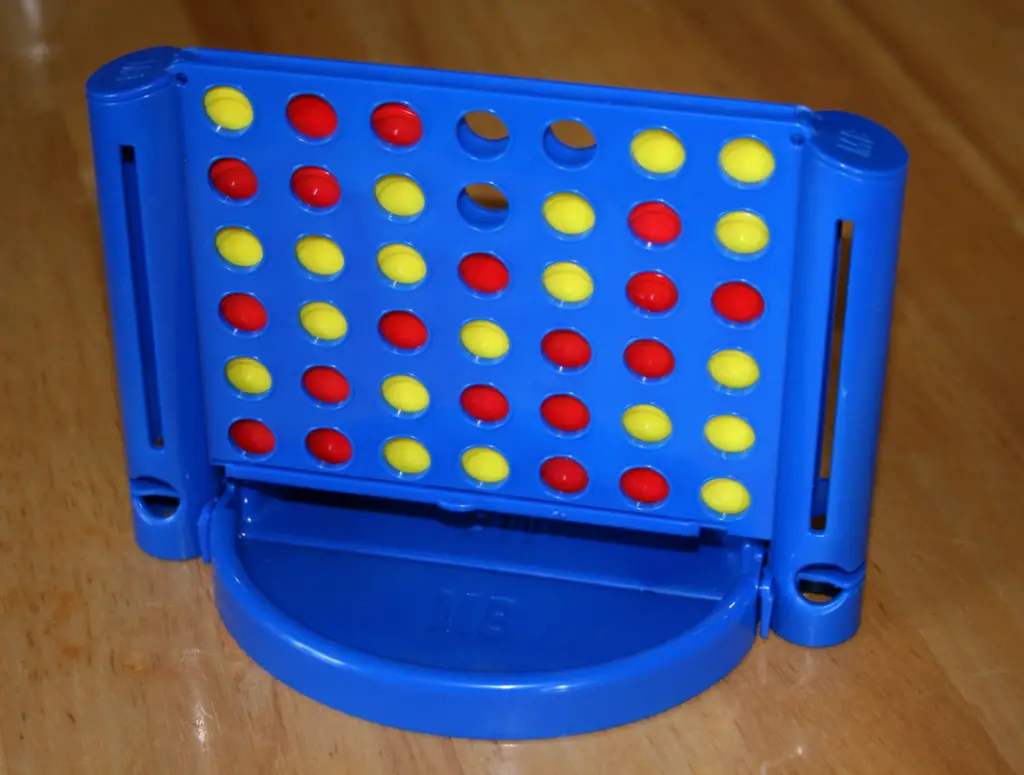
Sometimes described as Tic-Tac-Toe on steroids, Connect Four was one of the most deceptively simple yet strangely addictive games of the ’70s. The goal was straightforward: drop colored plastic discs into a vertical grid, trying to get four in a row before your opponent did. It looked easy enough, but the game required serious strategy—every move you made could either set you up for victory or hand your opponent an easy win.
The best part of Connect Four was the final move—the moment when you realized you had outsmarted your opponent and slid that winning piece into place. There was nothing more satisfying than shouting “Connect Four!” and watching their face drop as they realized they had just lost. And of course, after every game, the best part was pulling the lever at the bottom, releasing all the pieces with a satisfying clatter so you could start again. It may not have been as flashy as some other games from the era, but Connect Four was a staple in nearly every household. It’s still popular today, but for those of us who played it in the ’70s, it was more than just a game—it was a test of wits, patience, and occasionally, sibling rivalry.
Board games in the 1970s were full of weird, wacky, and often completely ridiculous concepts. While some games stood the test of time, many of these oddball creations faded into obscurity, replaced by the next big trend in gaming. Still, for those of us who grew up playing them, they hold a special place in our hearts. Whether it was dodging whammy balls, blowing up a dynamite shack, or sinking the Titanic, these games were a product of their time—bizarre, unpredictable, and a whole lot of fun.


